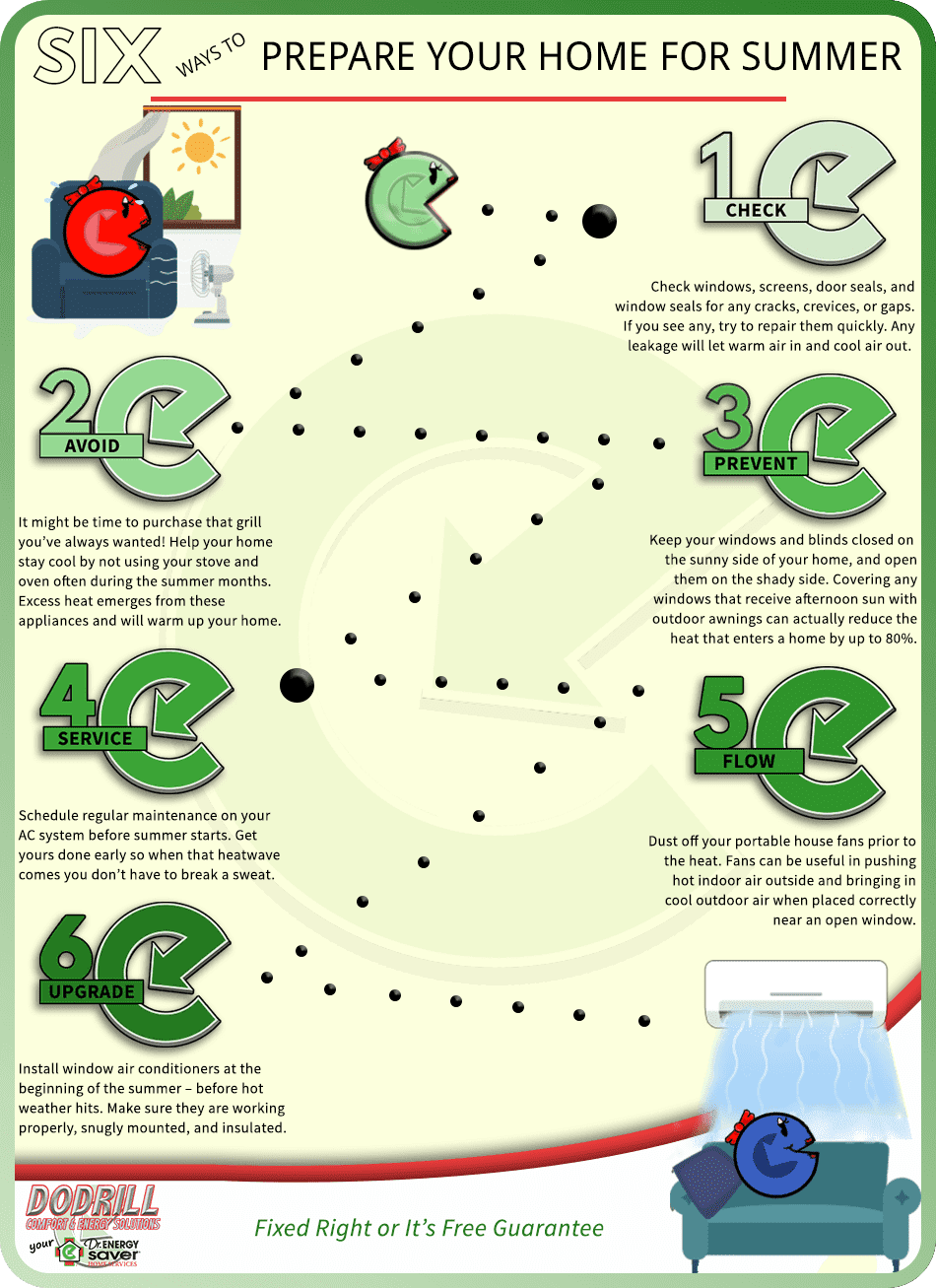Optimum Stress Cleaning Techniques For Different Sorts Of Surface Areas
Optimum Stress Cleaning Techniques For Different Sorts Of Surface Areas
Blog Article
Write-Up Author-Coley Geertsen
When it comes to push washing, the strategy you pick can make all the difference in accomplishing a tidy, streak-free coating. You may find that tough surfaces, like concrete, call for a different method than softer products, such as timber or plastic. It's essential to adapt your methods to the surface type to avoid damages while maximizing cleaning effectiveness. So, what are the best strategies for each and every surface area, and exactly how can you guarantee you're making use of the best settings and tools for the work? Let's explore what you require to understand to get the best results.
Hard Surface areas
When it comes to pressure cleaning difficult surfaces, preparation is essential. Prior to you also consider pulling out the pressure washing machine, make the effort to get rid of the location of any kind of particles, furniture, or barriers. You do not want anything entering your way or possibly harmful your equipment.
Next, evaluate the surface for any type of cracks or damage; this will certainly aid you determine the best method and stress settings.
When you have actually prepared the location, it's important to choose the best nozzle. For difficult surfaces like concrete or brick, a slim nozzle (15 or 25 degrees) works best to supply a concentrated stream of water that can successfully eliminate gunk and stains. Always start at a distance and progressively relocate more detailed to stay clear of any type of surface area damages.
As you start cleaning, keep the stick transferring to prevent streaks and over-saturation. It's likewise valuable to work from the top down, allowing dust and debris to wash away naturally.
Ultimately, keep in mind to rinse the surface area completely after cleaning up to remove any type of leftover detergent. With these techniques, you'll achieve a tidy and rejuvenated look on all your tough surface areas.
Soft Surfaces
Stress washing soft surfaces requires a gentler method to shield them from damages. Whether professional high rise window cleaning cleaning your deck, outdoor patio furniture, or siding, utilizing way too much stress can bring about dents, scrapes, or even irreversible harm.
Start by choosing a low-pressure nozzle, ideally a 25-degree or bigger spray pattern, to distribute the water extra gently.
Before you start, it's important to pre-treat any discolorations with an appropriate cleaning remedy. This action permits the cleaner to permeate the dust and crud, making it simpler to remove without scrubbing too hard.
Always use the option from all-time low up to stop spotting.
When you start stress cleaning, preserve a range of at the very least 12 to 18 inches from the surface area. Move your wand in a sweeping activity, keeping it alongside the surface area to avoid concentrated stress on one spot.
Rinse the area completely after cleansing to get rid of any kind of residual cleanser.
Finally, evaluate the surface area for any kind of missed out on places and repeat the procedure if needed. By following these actions, you can efficiently tidy soft surfaces while preserving their stability and appearance.
Specialty Surfaces
Cleansing soft surfaces needs treatment, yet specialty surfaces require even more interest to information. When you deal with these surface areas, like fragile timber, discolored concrete, or specific types of siding, utilizing the best pressure washing methods is important to avoid damage.
Initially, examine the product. For example, dealt with wood can commonly hold up against modest pressure, but softer timbers like cedar might call for a reduced setup. Constantly begin with the lowest stress and slowly raise if essential.
For tarnished concrete, use a follower spray nozzle and maintain a constant range to avoid engraving the surface area.
When managing surface areas like plastic house siding or repainted surfaces, a broad spray pattern helps disperse the pressure equally, shielding the coating.
It's likewise a good idea to utilize detergents particularly created for specialized surfaces. They can improve cleaning without jeopardizing the material.
Wash thoroughly after cleaning to get rid of any type of residue, as it can result in staining or degeneration over time.
Conclusion
To conclude, understanding stress cleaning techniques for various surfaces can make all the difference in your cleaning results. For difficult surface areas, adhere to slim nozzles and a top-to-bottom method, while soft surface areas need a gentler touch with wider nozzles. https://www.bhg.com/homekeeping/house-cleaning/tips/how-to-sanitize-fabric-soft-surfaces-home/ fail to remember to pre-treat discolorations and wash extensively to prevent deposit. By adjusting your approaches to every product, you'll not just attain a cleaner surface but also safeguard the honesty of your surfaces. Happy cleansing!
